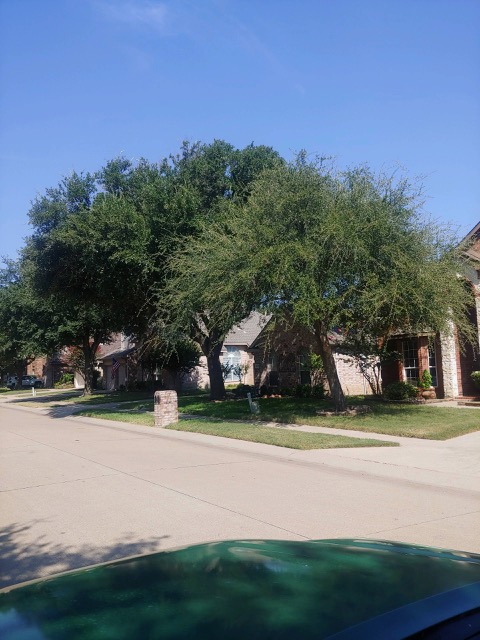Over-Fertilizing: When Too Much of a Good Thing Harms Your Trees
Maintaining a lush, green lawn is a common goal for many homeowners. However, sometimes our pursuit of a perfect lawn can inadvertently harm the surrounding trees. Over-fertilizing your lawn, particularly with high-nitrogen products, can lead to a phenomenon called “fertilizer burn” in trees. This can result in rapid, unhealthy growth, weakened branches, and even long-term damage. At Advanced Tree & Shrub Care, Inc., we’re dedicated to helping you maintain the health and beauty of your trees. Let’s explore the effects of fertilizer burn and how to protect your trees from this common issue.
Understanding Fertilizer Burn
Fertilizer burn occurs when excessive amounts of fertilizer, particularly nitrogen, are applied to the soil. Trees near the fertilized area can absorb these excess nutrients through their roots, leading to a surge of growth that can be detrimental to their overall health.
Signs of Fertilizer Burn in Trees
- Excessive Tip Growth: One of the most noticeable signs of fertilizer burn is rapid, elongated growth at the tips of branches. This growth is often weak and susceptible to breakage.
- Leaf Scorch: The edges or tips of leaves may turn brown or yellow, resembling a burn. This occurs when excess salts from the fertilizer dehydrate the leaves.
- Wilting or Drooping: Despite receiving ample water, trees suffering from fertilizer burn may appear wilted or droopy due to root damage.
- Delayed Leaf Drop: In the fall, affected trees may retain their leaves longer than usual, a sign of disrupted growth cycles.
The Dangers of Fertilizer Burn
- Weakened Structure: The rapid, unhealthy growth spurred by fertilizer burn can lead to weak branches that are more prone to breakage during storms or high winds.
- Increased Susceptibility to Pests and Diseases: Stressed trees are more vulnerable to attacks from insects and diseases, further compromising their health.
- Long-Term Damage: In severe cases, fertilizer burn can lead to permanent damage or even death of the tree.
Preventing Fertilizer Burn
- Apply Fertilizer with Caution: Follow the instructions on the fertilizer package carefully, and avoid over-applying, especially near trees.
- Know What Species of Trees Are On Your Property: Doing the extra research on trees species and which are more sensitive to fertilizers will educate you more before applying.
- Choose Slow-Release Fertilizers: These release nutrients gradually, reducing the risk of fertilizer burn.
- Water Deeply and Regularly: Deep watering helps to dilute excess salts in the soil and prevent root damage.
- Consider Organic Fertilizers: Organic fertilizers are generally gentler on plants and the environment.
- Consult a Professional: If you’re unsure about fertilizing practices or suspect your trees are suffering from fertilizer burn, consult a certified arborist for expert advice.
Advanced Tree & Shrub Care: Your Tree Health Partner
At Advanced Tree & Shrub Care, Inc., we offer comprehensive tree care services, including diagnosis and treatment of fertilizer burn. Our team of certified arborists will assess the health of your trees, recommend appropriate treatments, and provide ongoing care to ensure their long-term well-being.
Fertilizer burn is a common problem that can have serious consequences for your trees. By understanding the signs, taking preventative measures, and seeking professional help when needed, you can protect your valuable trees and enjoy a healthy, vibrant landscape for years to come.
If you suspect your trees are suffering from fertilizer burn or need expert tree care advice, contact Advanced Tree & Shrub Care, Inc. today.

